In the world of jewelry and luxury products, mother of pearl is a special material sought after for its natural beauty and unique shimmering light. However, not all mother of pearl is genuine, and distinguishing between real and fake can be a challenge. This article will guide you on how to tell if mother of pearl is real, covering physical characteristics and in-depth testing methods, allowing you to choose this product with confidence. First, we need to understand the origins and formation process of mother of pearl to gain deeper insight into its true value.
Contents [hide]
1. Introduction
Mother of pearl, also known as nacre, is a beautiful iridescent material derived from the inner shells of certain mollusks, including oysters and abalone. Its stunning sheen and unique patterns make it a popular choice in jewelry, decorative arts, and collectibles. However, due to its desirability, mother of pearl is often imitated or misrepresented in the market.
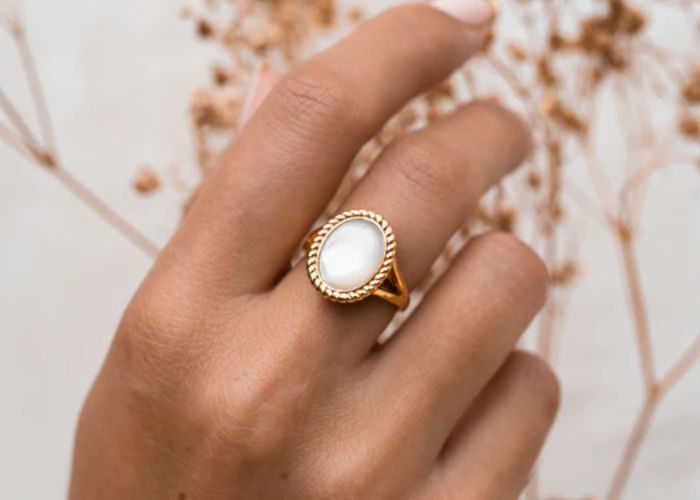
Verifying the authenticity of the mother of pearl is crucial, particularly for jewelry and collectibles, as it ensures that you are investing in genuine quality. Authentic mother of pearls not only boasts superior aesthetic qualities but also offers durability and value. In contrast, imitations can diminish the worth of your collection and lack the unique charm of genuine nacre.
2. What is Mother of Pearl?
Mother of pearl, also known as nacre, is a stunning natural material formed by certain mollusks, including pearl oysters and abalone. It is created as a protective layer inside the shells of these creatures, consisting of aragonite (a form of calcium carbonate) and conchiolin, a protein that binds the layers together. Over time, these layers accumulate, resulting in the beautiful, iridescent substance that is highly prized for its unique visual qualities.
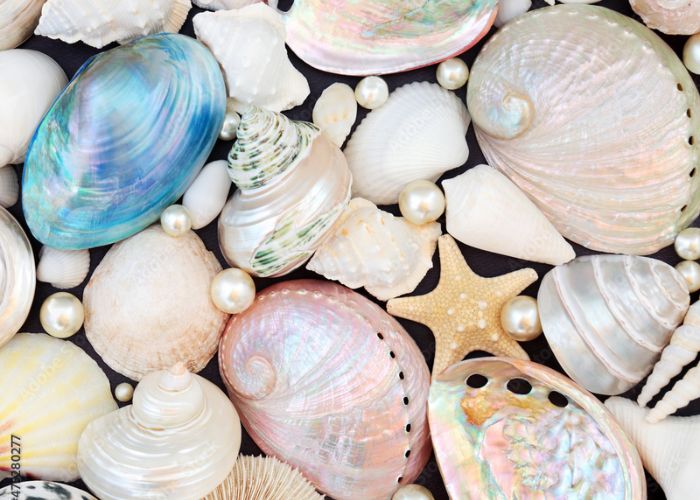
The value of the mother of pearl lies in its captivating iridescent appearance, which reflects light in various colors depending on the angle and intensity. This shimmering effect, combined with its natural origins, makes it a sought-after material in jewelry, decorative items, and art. Each piece of mother of pearl is unique, showcasing intricate patterns and hues that add to its appeal.
Beyond its aesthetic beauty, mother of pearl is also appreciated for its durability and versatility. It can be used in a variety of applications, from jewelry making to inlays in furniture and musical instruments, making it a cherished material for artisans and collectors alike.
3. Key Features of Real Mother of Pearl
3.1 Iridescence and Depth of Color
One of the most distinctive characteristics of the real mother of pearl is its unique iridescent sheen, which exhibits a stunning range of multi-colored reflections. This iridescence is created by the way light interacts with the layered structure of nacre, resulting in vibrant hues that shift and change depending on the viewing angle. Authentic mother of pearl can display a dynamic spectrum of colors, from soft pastels to deep jewel tones.
In contrast, fake versions of mother of pearl often appear flat or dull. Imitations, whether made from synthetic materials or painted surfaces, lack the depth and complexity of color that genuine nacre offers. This difference can be easily spotted, as the real mother of pearl has a luminous quality that enhances its beauty, making it stand out in any piece of jewelry or decorative item.
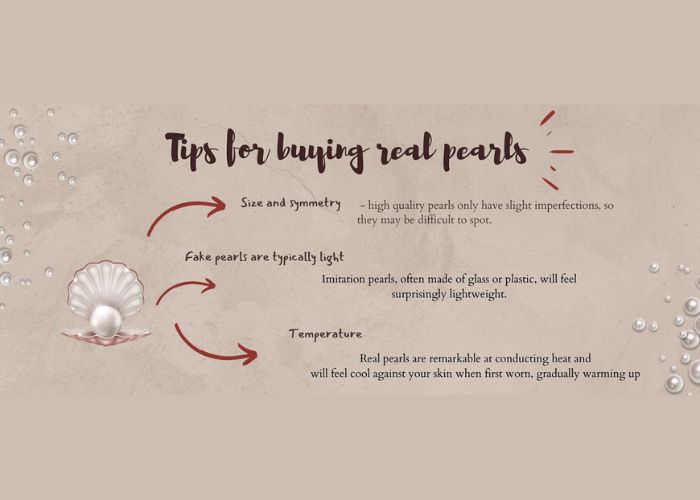
3.2 Nacre Layers and Texture
Real mother of pearl features a layered structure composed of numerous thin layers of nacre. This unique formation not only contributes to its iridescent quality but also gives the material a rich, smooth texture that feels luxurious to the touch. The layers are often visible, showcasing intricate patterns and natural variations that add character to each piece.
To illustrate the difference, consider the texture of a real mother of pearl compared to imitations. Authentic nacre has a soft, glossy finish that reflects light beautifully, while fake materials often have a more plastic-like feel and lack the same depth and richness.
Here, you could insert a comparison image highlighting the textured layers of the real mother of pearl next to a flat imitation, visually demonstrating the differences in appearance and feel.
By recognizing these key features, you can better appreciate the beauty of the real mother of pearl and make informed decisions when purchasing jewelry or collectibles.
4. Common Types of Fake Mother of Pearl
4.1 Plastic Imitations
Plastic is one of the most common substitutes for mother of pearl. Often produced in a variety of colors and finishes, plastic imitations can be deceiving at first glance. However, they typically feel lighter and have a less substantial weight compared to genuine nacre. Real mother of pearl has a certain heft that adds to its perceived quality.
To test for plastic, you can perform a simple heat test. Gently warm the piece with your breath or by holding it in your hand. If it begins to feel tacky or emits a chemical smell, it is likely plastic. Additionally, plastic surfaces often have a uniform appearance that lacks the unique variations and iridescence of real mother of pearl.
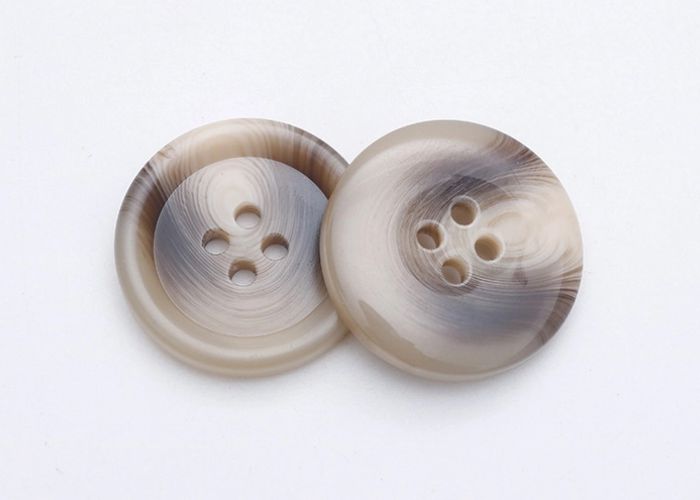
4.2 Resin and Glass Substitutes
Resin and glass are also frequently used as substitutes for mother of pearl. While they can mimic the appearance of nacre to some extent, they often fall short in terms of depth and texture. Resin can be poured into molds to create shapes that resemble mother of pearl, but it typically lacks the intricate layering and natural sheen that authentic nacre offers.
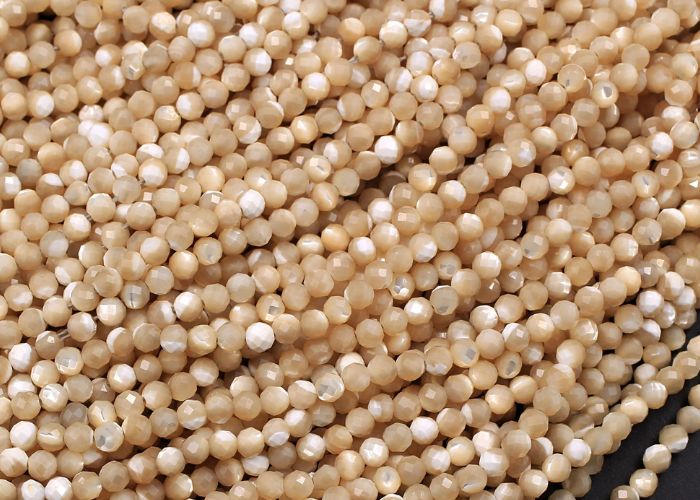
Glass imitations can be shiny and reflective, but they do not possess the same warmth or organic feel. Both resin and glass substitutes often appear flat or one-dimensional, missing the captivating iridescence that makes real mother of pearl so appealing. When evaluating a piece, look for subtle color shifts and depth—if it appears overly uniform or lacks dimensionality, it may be an imitation.
5. Tests to Identify Real Mother of Pearl
5.1 Light Test
One effective way to identify the real mother of pearls is through the light test. Hold the item under a bright light source, such as sunlight or a strong lamp. Authentic mother of pearl reflects a rainbow of colors, showcasing its unique iridescence. As you tilt the piece, you should see varying shades that shift and change, revealing the depth and complexity of the material.
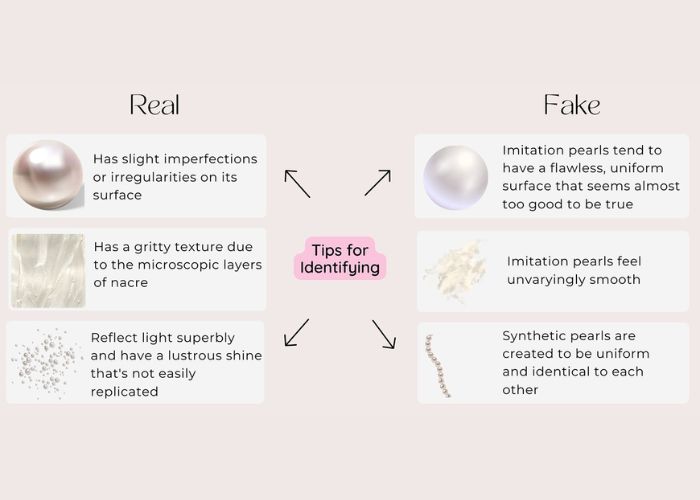
To illustrate this point, consider including a visual comparison: a side-by-side image of the real mother of pearl displaying vibrant colors next to a flat, dull imitation that lacks this dynamic quality. This visual aid will help readers better understand how to spot genuine nacre through its optical properties.
5.2 Temperature Test
Another simple test to identify the real mother of pearl is the temperature test. When you touch genuine nacre, it feels cool to the touch, a characteristic that can be attributed to its natural composition. In contrast, plastic or resin imitations often feel warmer or closer to room temperature. This difference in temperature can be a quick and easy way to gauge the authenticity of the material.
If you have any further questions, don’t hesitate to send thanhcongcraft an email us at info@thanhcongcraft.com or message us at WhatsApp: +84967485411. Hope to serve you soon! Best regard!


